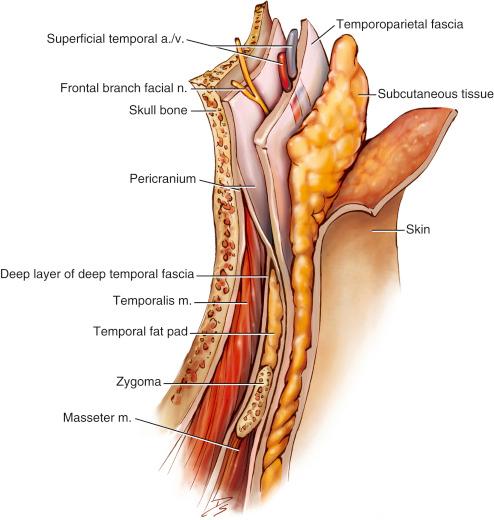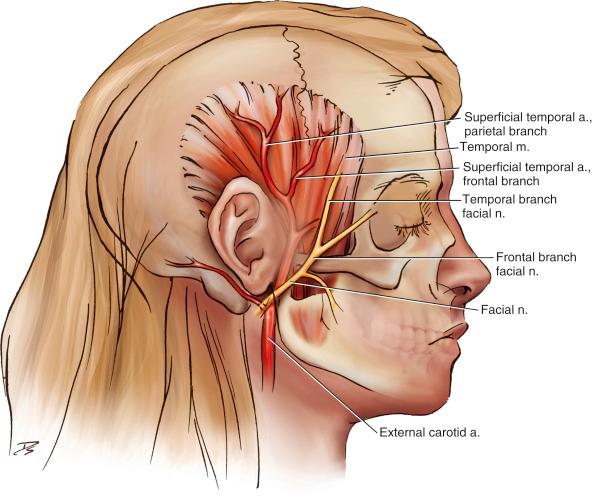Physical Address
304 North Cardinal St.
Dorchester Center, MA 02124
The osteoplastic flap with obliteration of the frontal sinus was considered the mainstay of surgical management of the frontal sinus in the 1950s and 1960s.
The osteoplastic approach to the frontal sinus was first described in 1894 by Schonborn and later modified through the earlier parts of the twentieth century.
Modern concepts of the osteoplastic approach to the frontal sinus stem from the studies of MacBeth as well as Goodale and Montgomery several years later.
The open approach is now reserved for circumstances in which the endoscopic approach is insufficient or impractical to treat frontal sinus disease.
Decision making in these cases is still challenging: whether to obliterate, choice of obliteration material, and treatment of the frontal sinus.
The mnemonic SCALP indicates the layers of the scalp: S, skin; C, subcutaneous tissue; A, aponeurosis and muscle; L, loose areolar tissue; P, pericranium (periosteum; Fig. 33.1 ).

The galea consists of the aponeurosis between the frontalis and occipitalis muscles and is contiguous with the temporoparietal fascia, as well as the superficial aponeurotic system (SMAS) of the face.
The temporoparietal fascia is the most superficial fascial layer and is an important anatomic landmark. The superficial temporal vessels run along the outer aspect of it, and the frontal branch of the facial nerve runs on its deep surface ( Fig. 33.2 ).

The temporalis fascia invests the temporalis muscle and is fused with the pericranium at the superior temporal line.
The temporalis fascia splits at the level of the superior orbital rim, both layers (superficial and deep) continuing inferiorly to straddle the zygomatic arch. A pocket of fat (temporal fat pad) exists between the two layers.
The frontal sinus develops from small grooves in the cartilage of the lateral nasal wall near the middle meatus during the third and fourth gestational month.
The phrase nasofrontal duct continues to persist in the literature despite the fact that it is anatomically incorrect. A more appropriate description is the frontal sinus outflow tract or frontal recess.
The frontal recess itself is a space within the anterior ethmoid sinuses. The frontal sinus opens into the anterior part of the middle meatus or directly into the anterior portion of the infundibulum. The natural ostium lies in the posteromedial aspect of the frontal sinus floor.
The frontal recess is bordered superiorly by the skull base, posteriorly by the second lamella (bulla ethmoidalis), and anteriorly by the first lamella (uncinate and agger nasi).
The medial border is the vertical attachment of the middle turbinate. The lateral border is the lamina papyracea of the orbit.
Become a Clinical Tree membership for Full access and enjoy Unlimited articles
If you are a member. Log in here